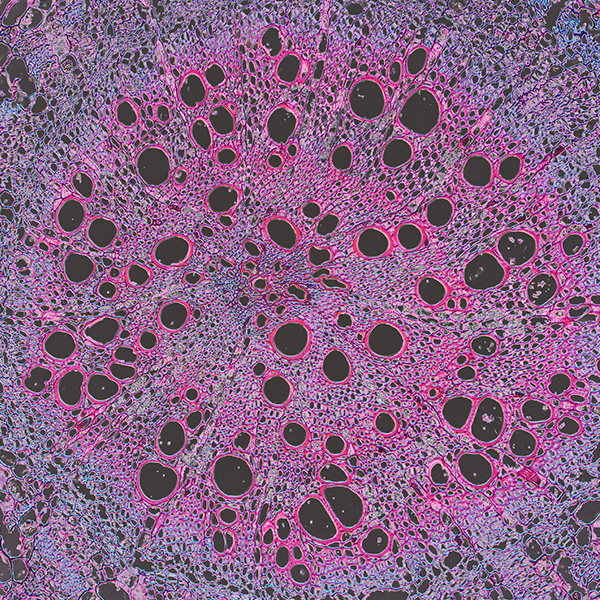Key Benefits
- Check for prediabetes by measuring fasting and three‑month average blood sugar.
- Spot early sugar imbalance before diabetes and complications develop.
- Flag risk levels: HbA1c 5.7–6.4% or fasting 100–125 mg/dL.
- Guide personalized steps—nutrition, activity, weight loss, sleep, and stress—to lower glucose.
- Track progress: HbA1c shows 3‑month trends; fasting glucose shows day‑to‑day changes.
- Estimate future diabetes and heart risk to prioritize prevention efforts.
- Protect fertility by flagging sugar–insulin imbalance linked to polycystic ovary syndrome.
- Best interpreted with risk factors, repeat confirmation, and sometimes an oral glucose test.
What are Prediabetes
Prediabetes biomarkers are measurable signals that show how well the body handles sugar and the hormone that moves it into cells. They reveal three core stories: the sugar present right now (blood glucose), the lingering imprint of sugar over time (glycated hemoglobin, HbA1c), and the body’s hormonal push to keep levels in range (insulin and C‑peptide). Together, these markers reflect how responsive tissues are to insulin (insulin resistance) and how hard the pancreas is working to compensate (beta‑cell stress). Some tests look at the body’s reaction after a sugar load (oral glucose tolerance), highlighting early trouble that fasting values can miss. Broader metabolic signals can support the picture by showing energy “spillover” into blood fats and the liver (triglycerides, HDL, liver enzymes). The value of testing is foresight: it detects impaired glucose control before symptoms, quantifies the strain on glucose‑insulin systems, and creates a baseline to track improvement or progression. In short, prediabetes biomarkers translate everyday metabolism into objective measures that guide timely prevention.
Why are Prediabetes biomarkers important?
Prediabetes biomarkers—primarily fasting glucose and HbA1c—are early signals of how your body manages fuel. They reflect the dialogue between pancreas, liver, muscle, fat, brain, and blood vessels, long before diabetes declares itself. When these markers drift upward, it means insulin is struggling to keep glucose in check, and that strain reverberates across metabolism, inflammation, vessel health, and nerve function.
Typical healthy fasting glucose sits below about 100 mg/dL, with prediabetes from 100–125. HbA1c is normal below 5.7, prediabetes from 5.7–6.4. In general, “optimal” tends to cluster at the low end of normal for both markers, signaling effective insulin sensitivity and steadier energy.
When values drop too low, it can reflect overcompensation by insulin or a mismatch in meal timing, sometimes seen as reactive hypoglycemia in early insulin resistance. People may feel shaky, sweaty, hungry, lightheaded, or foggy as the brain and autonomic nervous system respond to falling glucose. In children and teens, pubertal insulin resistance can amplify these swings; in pregnancy, low values may be less reliable on HbA1c and are interpreted with context.
Rising values within the prediabetes band point to hepatic and muscle insulin resistance, higher liver fat, endothelial stress, and subtle nerve vulnerability. Fatigue, increased thirst, frequent urination, and blurred vision may appear; men often show more visceral fat and fatty liver, while women with PCOS face higher risk. In pregnancy, higher glucose raises the chance of gestational diabetes.
Big picture: these biomarkers integrate how hormones, organs, and vessels coordinate energy use. Tracking them links daily metabolism to long-term risks like cardiovascular disease, kidney stress, fatty liver, and neuropathy—making them keystones for understanding whole-body health trajectory.
What Insights Will I Get?
Prediabetes biomarkers show how effectively your body regulates blood sugar—the core fuel for cells—and how that regulation affects energy, vascular health, brain function, kidneys, nerves, and immunity. At Superpower, we test Glucose and HbA1c.
Glucose reflects your current blood sugar level (acute glycemia). HbA1c reflects the share of hemoglobin coated with sugar (glycation), summarizing average glucose over roughly three months. Prediabetes means these measures are elevated above normal but below diabetes thresholds, signaling insulin resistance and early beta-cell stress.
When glucose stays near normal and returns to baseline smoothly after meals, it indicates stable fuel control and good insulin signaling. Persistently high fasting values or frequent spikes point to impaired hepatic control and tissue insulin resistance. A lower, mid-normal HbA1c suggests minimal chronic glycation and lower microvascular strain; a higher HbA1c within the prediabetes range indicates sustained exposure, endothelial stress, and increased cardiometabolic risk. Together, glucose shows day-to-day stability, while HbA1c captures longer-term burden.
Notes: Interpretation can shift with pregnancy, age, acute illness, stress, or poor sleep. Anemia, iron deficiency, hemoglobin variants, kidney or liver disease, and recent transfusion can skew HbA1c. Some drugs (e.g., glucocorticoids, atypical antipsychotics) raise glucose. Assay variability and biological fluctuation apply.







.avif)



.svg)





.svg)


.svg)


.svg)

.avif)
.svg)










.avif)
.avif)
.avif)


.avif)
.png)


